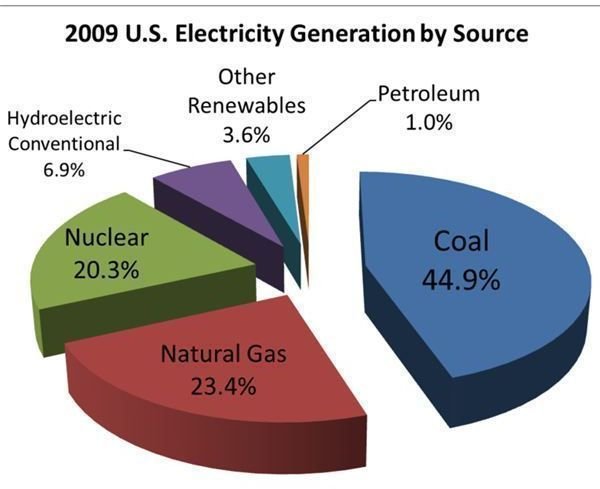The formation of the raw material
Lignite, coal, gas, uranium, water and biomass – these are the raw materials from which we generate electricity and energy. Naturally, the use of the fossil fuels coal and gas has a long tradition with RWE. For over 100 years now, we have been generating the electricity that comes out of plug sockets all over the country. Hydropower also has a similarly long history at RWE.


Risk and benefits of coal power

Lignite, coal, gas, uranium, water and biomass – these are the raw materials from which we generate electricity and energy. Naturally, the use of the fossil fuels coal and gas has a long tradition with RWE. For over 100 years now, we have been generating the electricity that comes out of plug sockets all over the country. Hydropower also has a similarly long history at RWE.

How does the coal plant work

Risk and benefits of coal power
Industrialized countries, including the United States, India, China, and Russia, have a large amount of coal that is available to them. Some estimates have the US holding enough coal that has already been mined to fuel current resources for the next 400 years. That means we have access to this fuel in abundance, allowing societies to focus on other infrastructure needs.
Burning coal emits harmful waste such as carbon dioxide, sulphur dioxide, nitrogen oxides, sulphuric acids, arsenic and ash. It also emits twice as much carbon dioxide when compared with natural gas to produce the same level of heat, which increased the levels of harmful greenhouse gases emitted into the earth’s atmosphere. Carbon dioxide emissions from the burning of fossil fuels now account for about 65 per cent of the extra carbon dioxide in our atmosphere.

Comments
Post a Comment